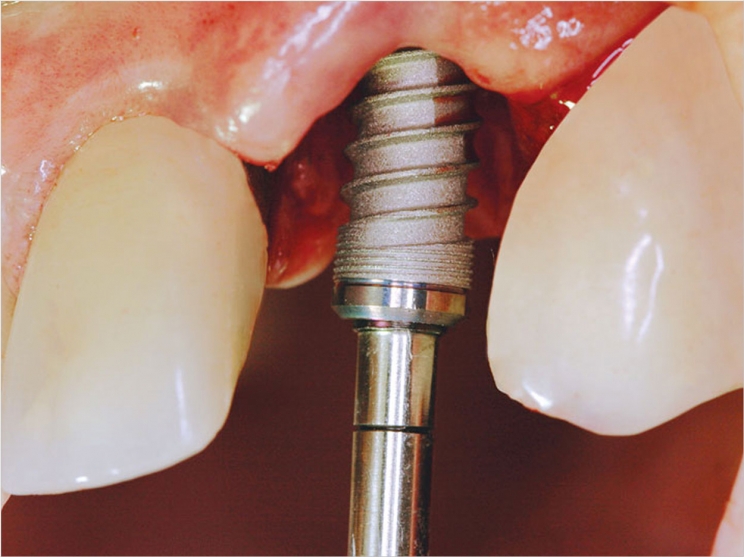
More than four out of 10 patients who received dental implants suffered complications within a nine-year period, according to Karolina Karlsson, a dentist who specializes in periodontics and a PhD at the Sahlgrenska Academy Institute of Odontology at the University of Gothenburg.
More than 30,000 patients receive implant-supported restorative therapy in Sweden each year.
Good long-term results have been reported, Karlsson said, but complications may affect the tissues surrounding the implant, the implant itself, or the implant-supported reconstruction.
Karlsson evaluated the frequency, consequences, and costs of such complications in her thesis, which was part of a national project conducted as a population-based field study based on randomly selected patients from the Swedish Social Insurance Agency registry.
Initially, Karlsson assessed dental records and radiographs from 2,765 adult patients. Of these, 596 individuals were clinically examined nine years after their treatment with dental implants.
According to the study, 42% of the patients suffered from at least one complication. The most common type was technical complications, which were mostly isolated phenomena. The strongest risk factor was the extent of the implant-supported reconstruction.
Peri-implantitis was the second most common complication. Treating peri-implantitis by nonsurgical methods alone, in the form of professional cleaning and instructions on oral hygiene, proved to be insufficient. Additional surgical treatment, however, was able to prevent further progression of the disease.
Implant loss was the type of complication resulting in the highest total cost.
Dental implants are a common treatment option for lost teeth, Karlsson said, so it is important for caregivers and patients to have a good understanding of the individual risk for complications to develop effective preventive strategies.
“The results provide dental professionals and patients with important information, enabling them to evaluate and reduce the risk for complications associated with implant-supported restorative therapy,” Karlsson said.
The study, “Implant-Supported Restorative Therapy in a Swedish Population. Complications and Cost Evaluations,” was published by Sahlgrenska Academy.
Related Articles
AAID Quiz Helps People Determine If Dental Implants Are Right for Them
Surface Textures Impact Healing Around Dental Implants
Rising Demand Drives Need for Dental Implant Education











